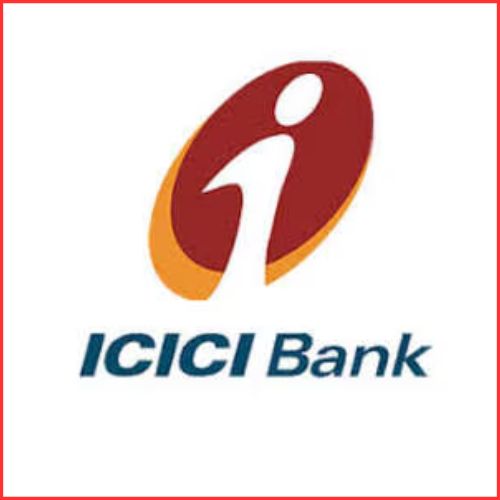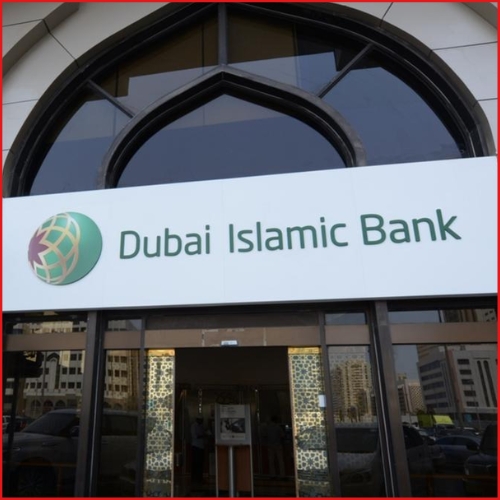The Karnataka government seems to be prioritizing the expansion of the Metro line to the periphery to boost the real estate industry, even in the face of calls from civic associations to focus on the city limits.
On February 23, Bengaluru Metro Rail Corporation Limited (BMRCL) released a request for bids for consulting services to prepare a feasibility study report for creating two packages that will extend metro rail tracks to the suburbs.
The initial package, which will be 50 km long, will be divided into three corridors: Bommasandra – Attibele, Silk Institute – Harohalli, and Challaghatta – Bidadi. A 60-kilometer route that passes through Kalene Agrahara (Gottigere), Jigani, Anekal, Attibele, Sarjapur, Varthur, and Kadugodi Tree Park is another package.
The Silk Institute – Nagasandra (Green Line) and Challaghatta – Whitefield (Purple Line) are currently in service, while the following lines are still under construction: Yellow Line (RV Road – Bommasandra), Pink Blue (Kalena Agrahara – Nagawara), and Blue Line (Central Silk Board – KR Puram-Kempegowda International Airport).
Important elements to be evaluated in the feasibility study include the train types (Normal Metro, Metrolite, and Metro Neo), projected ridership, alignment, station sites, and construction costs. The Comprehensive Mobility Plan (CMP), which was created by the state government in 2020 and suggests expanding Bengaluru’s Metro system to 317 km, does not, however, include the lines where BMRCL requested a feasibility study.
The Silk Institute – Nagasandra (Green Line) and Challaghatta – Whitefield (Purple Line) are currently in operation. Three other lines are being built: Yellow Line (RV Road – Bommasandra), Pink Blue (Kalena Agrahara – Nagawara), and Blue Line (Central Silk Board – KR Puram-Kempegowda International Airport).
Essential elements of the feasibility study will be evaluated: train types (Normal Metro, Metrolite, and Metro Neo), projected ridership, alignment, station sites, and construction costs. In 2020, the state government created the Comprehensive Mobility Plan (CMP), which proposed to expand Bengaluru’s Metro network to 317 km but did not include the lines where BMRCL requested a feasibility study.
The JP Nagar 4th Phase-Kempapura stretch along ORR West, the Hosahalli-Kadabagere line along Magadi Road, the Whitefield – Domlur Line, the Katamnallur Gate – Sarjapur Road – Hebbal, and the Inner Ring Metro are the routes that the CMP suggests.
Before the Lok Sabha elections, the Union government is expected to approve two Phase 3 corridors: ORR West and Magadi Road. Meanwhile, BMRCL is closely examining the DPR for Sarjapur Road. Still, little work has been done on the other routes. Corridors outside the CMP are unlikely to be approved by the Union government.
A feasibility study from Bommasandra in Bengaluru to Hosur in Tamil Nadu is being prepared by Chennai Metro Rail Limited, in addition to the Bommasandra – Attibele portion being studied by the BMRCL. The study for the first interstate metro rail system in South India is being prepared by Balaji Railroad Systems (BARSYL)–Habog Consultants JV, and the report is anticipated to be submitted in a few months. The proposed Bommasandra-Hosur Metro route is 20.5 km long, of which 8.8 km is in Tamil Nadu and 11.7 km is in Karnataka.
In a different announcement, the state government stated that the Karnataka state budget for 2024–2025 will include Metro’s expansion to Tumakuru and Devanahalli. In his budget speech, Karnataka Chief Minister Siddaramaiah stated, “The feasibility report for extending the Metro rail from Bangalore International Exhibition Centre (BIEC) to Tumakuru and Kempegowda International Airport (KIA) to Devanahalli on a Public-Private Partnership (PPP) basis will be prepared.”
The expansion to Tumakuru (about 50 km) is being considered, however the 3 km Nagasandra-BIEC (Green Line) Metro segment is anticipated to open in a few months. In the same vein, it is anticipated that the Blue Line will be extended to Devanahalli from Kempegowda International Airport.














